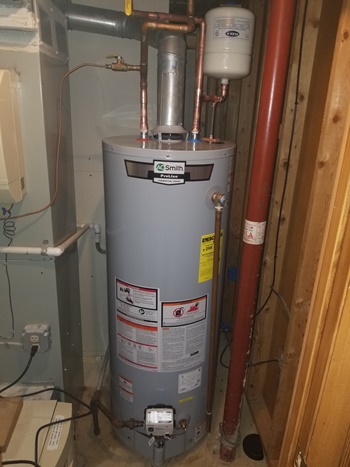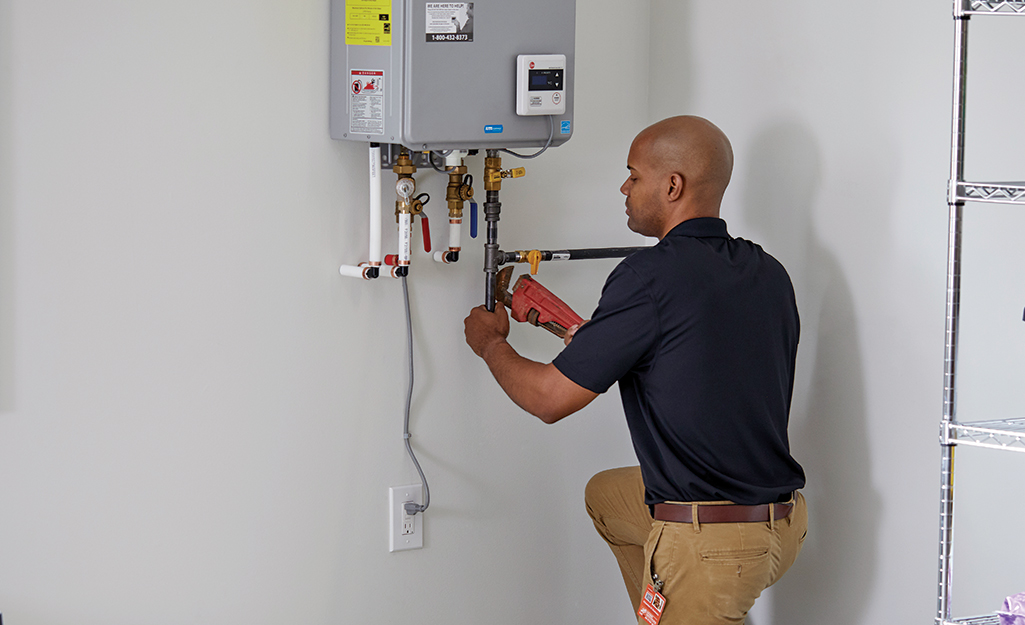Best Ways to Maintain Your Home's Hot Water System Successfully
Best Ways to Maintain Your Home's Hot Water System Successfully
Blog Article
This post listed below about Tips For Maintaining Your Hot Water Heater is unquestionably remarkable. Don't overlook it.

Hot water is necessary for daily comfort, whether it's for a refreshing shower or washing meals. To ensure your hot water system runs effectively and lasts longer, regular upkeep is key. This post supplies useful tips and understandings on exactly how to maintain your home's warm water system to avoid disruptions and expensive repair work.
Intro
Preserving your home's hot water system may seem overwhelming, however with a few straightforward steps, you can guarantee it operates smoothly for several years to come. This overview covers everything from recognizing your hot water system to do it yourself upkeep tips and understanding when to hire specialist help.
Relevance of Maintaining Your Warm Water System
Routine maintenance not just prolongs the life-span of your hot water system yet also ensures it operates successfully. Overlooking upkeep can lead to reduced performance, higher power bills, and also early failure of the system.
Indications Your Warm Water System Needs Maintenance
Knowing when your hot water system requires focus can prevent major concerns. Look out for indications such as irregular water temperature, unusual sounds from the heating system, or rusty water.
Comprehending Your Warm Water System
Before diving right into upkeep jobs, it's useful to comprehend the standard parts of your hot water system. Usually, this includes the water heater itself, pipelines, anode poles, and temperature level controls.
Monthly Maintenance Tasks
Routine regular monthly checks can aid catch minor issues prior to they rise.
Purging the Hot Water Heater
Flushing your hot water heater removes sediment accumulation, improving efficiency and extending its life.
Checking and Replacing Anode Rods
Anode rods stop rust inside the container. Inspecting and replacing them when worn out is important.
Checking and Changing Temperature Level Settings
Changing the temperature level setups makes certain optimum efficiency and safety and security.
Do It Yourself Tips for Upkeep
You can execute numerous upkeep jobs yourself to keep your hot water system in top problem.
Checking for Leaks
Routinely inspect pipelines and links for leakages, as these can cause water damage and higher expenses.
Evaluating Pressure Alleviation Valves
Examining the stress relief valve ensures it functions correctly and prevents too much stress accumulation.
Insulating Pipelines
Insulating warm water pipelines decreases heat loss and can conserve power.
When to Call an Expert
While DIY maintenance is beneficial, some concerns call for expert competence.
Complicated Issues Calling For Specialist Assistance
Examples consist of major leaks, electric problems, or if your hot water heater is constantly underperforming.
Routine Professional Upkeep Advantages
Specialist maintenance can include comprehensive examinations, tune-ups, and making sure compliance with safety and security requirements.
Conclusion
Routine maintenance of your home's warm water system is vital for efficiency, long life, and cost financial savings. By following these pointers and knowing when to look for expert help, you can make certain a trustworthy supply of hot water without unanticipated disruptions.
How to Maintain an Instant Hot Water Heater
Before tinkering with your hot water heater, make sure that it’s not powered on. You also have to turn off the main circuit breaker and shut off the main gas line to prevent accidents. Also turn off the water valves connected to your unit to prevent water from flowing into and out of the appliance. 2. When you’re done, you have to detach the purge valves’ caps. These look like the letter “T†and are situated on either side of the water valves. Doing so will release any pressure that has accumulated inside the valves while at the same time avoid hot water from shooting out and burning your skin. 3. When the purge valves’ caps are removed, you have to connect your hosing lines to the valves. Your unit should have come with three hoses but if it didn’t, you can purchase these things from any hardware or home repair shops. You can also get them from retail stores that sell water heating systems. Read the user’s manual and follow it to complete this task properly. When the hosing lines are connected, open the purge port’s valves. 4. You should never use harsh chemical cleaners or solutions when cleaning your unit. Make use of white vinegar instead. It should be undiluted and you’ll probably use about 2 gallons. 5. Now flush your water heater. This task should probably take about 40 minutes. We can’t give you specific directions for this because the procedure is carried out depending on the type, model and brand of your heater. With that being said, refer to the user’s manual. 6. When you’re done draining the unit, you have to turn off the purge port valves again. Remove the hosing lines that you earlier installed on each of the water valves. Put the valve caps (purge port) back in their respective places and be very careful so as not to damage the rubber discs that are found inside these caps. 7. Now that everything’s back in place, check your user’s manual again to find out how to reactivate your water heating system. 8. Once it is working, turn one of your hot water faucets on just to let air pass through the heater’s water supply pipes. Leave the tap on until water flows smoothly out of it. https://www.orrplumbing.com/blog/2014/september/how-to-maintain-an-instant-hot-water-heater/

As an enthusiastic person who reads on What Kind of Maintenance Do Water Heaters Need?, I assumed sharing that short article was really helpful. Be sure to take the time to distribute this page if you liked it. Bless you for your time. Come back soon.
Website Report this page